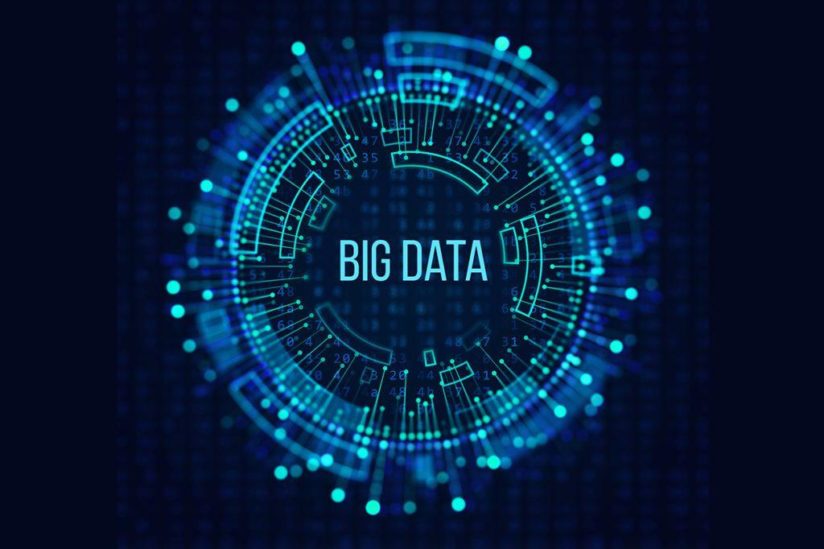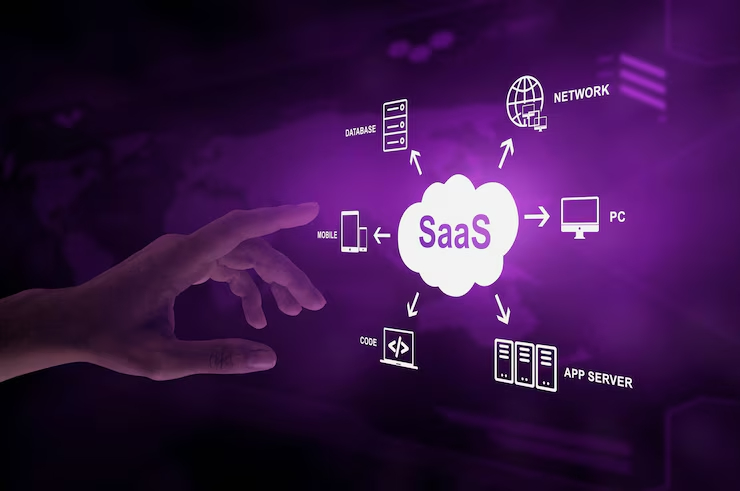With innovations in disruptive technologies such as artificial intelligence and machine learning, essentially every industry continues to revolutionize at a fanatical pace. And those who are lagging behind due to technical constraints have a lot to lose. In the present scenario, Data has become the lifeblood of any business. Day in day out we tend to gather and share countless amounts of data. In fact, somewhere around the corner people might be gathering data right now. So what’s so much fuss about? Where is the challenge? The main challenge is the handling of these data. And here comes Artificial Intelligence, Big Data Analytics to the rescue!
The technologically advancing society has compelled us to depend more on data making it the future of how we are going to guide and grow your business. However, the idea of big data isn’t a new concept. However, the effective use of data is becoming a major concern these days. Data science is a technology that collects data and insights from different data sets through scientific methods, processes, algorithms, and systems. Businesses irrespective of their genres always strived hard to derive insights from information in order to make better, smarter, real-time, fact-based decisions. Unfortunately, conventional data analysis fails to cope with the advent of Big Data which is essentially huge data, both structured and unstructured data.
How Is Changing the Way Businesses Operate?
First and foremost, I would like to make a statement companies irrespective of their size invest in and successfully derive value from their data will definitely have a distinct advantage over their competitors. Data-empowered approaches and embracing unique and innovative methods are pretty much in vogue and more and more businesses are considering such ways to drive its success in the market. Whether we are talking about data collection to data storage, data cleaning, data analysis, data visualization, and data-driven decisions, every step of data science carries its own gravity in operating business projects. Now can you name me the top five countries named as the current leaders of data science adoption? China, the US, Switzerland, Canada, and Australia.
Big Data usually refers to the complex, vast and disparate volumes of data that humans, devices, and machines are generating. Data is being collected from social media, Internet-enabled mobile data (including smartphones and tablets), computer data, video and voice recording, and ongoing preservation and monitoring of structured and unstructured data. Mainly bifurcated by four V’S:
- Volume: Compared to conventional data sources, the amount of data being generated is massive.
- Variety: Data comes from various sources and is produced by both machines and human beings.
- Velocity: Data is being produced amazingly very quick – a data cycle that never stops even while we sleep.
- Veracity: Big data comes from various places, thus you have to test the veracity and the nature of the information
In addition, let’s start with some prevalent big data use scenarios in operations, marketing, and sales.
- Adopting price differentiation approaches: Companies can easily achieve their goals by using customer-product level pricing strategies. According to stats, rising prices by 1% will raise operating profits by nearly 8.7%. This means that working with big data on the right pricing strategy will significantly improve profit margins.
- Increasing customer responsiveness: B2C marketers are seen benefiting as much as possible from big data to get more insights into consumer preferences by utilizing data mining methods and big data analytics. Proper use of data analytical techniques would undoubtedly help to develop more relationship-driven marketing strategies, encouraging greater responsiveness of the consumer and therefore better sales.
- Big data integration into the sales and marketing process: Gone are the days when putting resources into customer analytics, operational analytics, extortion, and compliance monitoring is not a major concern. All the proof picked up shows that the development of the other four areas has resulted in increased revenue per-customer and improvement of existing products and services.
- Embedding AI into big data and its related technologies: The developing needs of customers and the normal changes have left bandwidth in current systems while managing tasks. In order to meet new challenges, companies are currently going to artificial intelligence and automation technologies. Big data insights have helped to create smart and scalable systems that can be used for predictive personalized marketing.
- Using geo-analytics: There is no denying in the fact that more and more companies have started relying on geo- analytical data to focus on their go-to-market strategies. They are now capable of targeting markets with higher sales capacity and reducing their go-to-market costs.
- Search Engine Optimization and Search Engine Marketing: SEO (Search Engine Optimization) and SEM (Search Engine Marketing) are some of the fields where big data analytics is quite evident. Data analytics methods have played a very important role in this case. Marketers bet heavily on SEO, SEM, email marketing, social media marketing, and mobile marketing, and believe these approaches are key to long-term success.
Big Data Analytics in eCommerce, Energy, & Retail!

1. eCommerce
Imagine a situation where you can understand exactly what your end consumer wants? And yes, that’s one of the biggest advantages of using big data analytics; i.e. by analyzing customer’s shopping behavior to predict buying patterns. I am sure this will assist you in making better business strategies. Data can be analyzed from anywhere whether you directly focus on the consumer’s habits or focus on mainstream brands or items that most people are looking for, anything which is a spike in demand so on and so on can be analyzed through big data analytics. Also, you can find what time of year customers buy more.
This eventually results in getting a greater in-depth understanding of the overall operations of your business. With big data you can manage, inventory, supply chain, forecasting demands, better pricing strategies, and sales strategies.
2. Energy
Gone are the days when power generation and planning was out of the question. Now why these are important? You might ask? All things considered, power generation planning and financial burden dispatch are the two most significant basic leadership forms in power generation. In basic terms, it integrates the energy demand from the grid over a short span of time. By taking advantage of big data obtained energy and advanced techniques for processing big data. The efficiency of energy production can be increased and the cost of production decreased.
Renewable energy generation approaches are another important thing to keep in mind. The fact is by using data analytics in the energy industry, one can expect more accurate and efficient renewable energy power generation forecasting. Right from temperature, atmospheric pressure, humidity, cloud cover, wind speed, and wind direction, everything can be handled with ease. Another part of big data analytics is the GIS data. It incorporates geographical data from satellite symbolism that guides with spatial planning. By analyzing topography, water location, solar irradiation, and so on.
3. Retail
Being one of the fastest-moving non-contractual business sectors across the globe, the retail industry has witnessed continuous changes and business models becoming obsolete overnight. Retailers now using Big Data are able to perceive customers more deeply and uncover hidden trends that reveal new opportunities. Further below I would like to mention a few techniques that are useful for the retail industry:
- Customer Behavior and Predictive Analytics
- Operational Analytics and Supply Chain Analysis
Conclusion
I would like to conclude by saying combining artificial intelligence and big data is more like combining chocolate and peanut butter. Some of you guys like it, some of you probably loathe it, but none of you can ignore!









